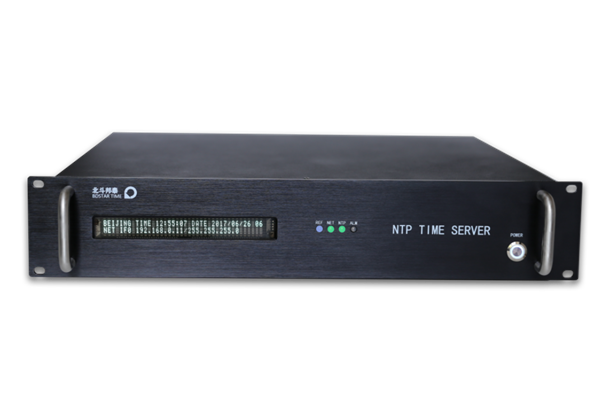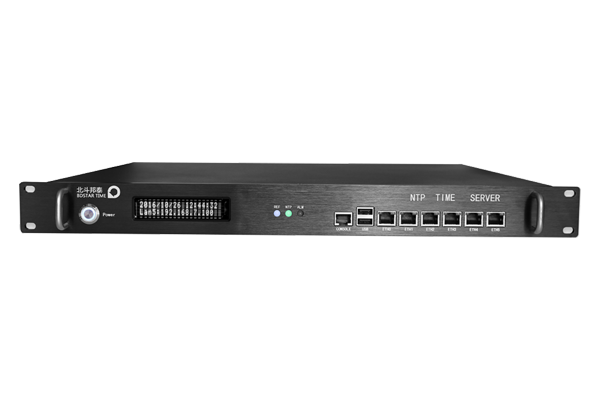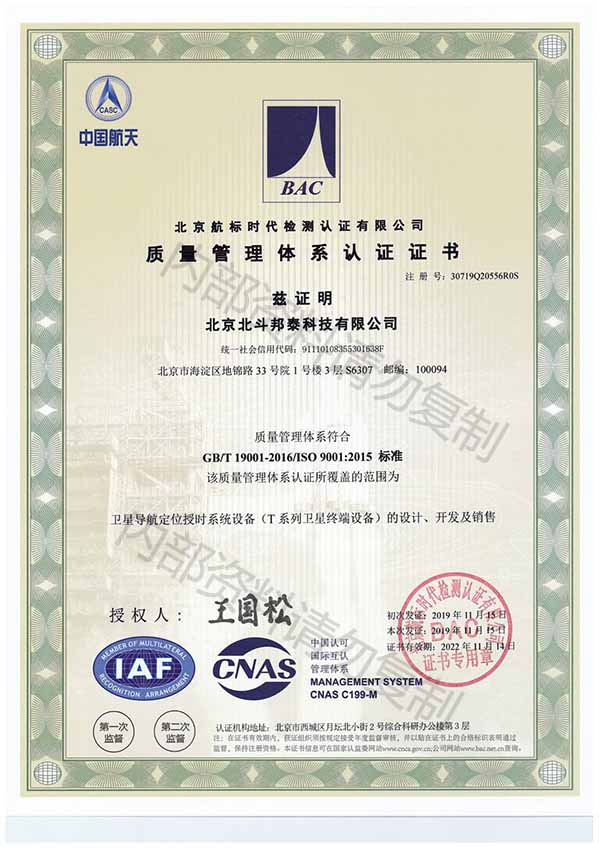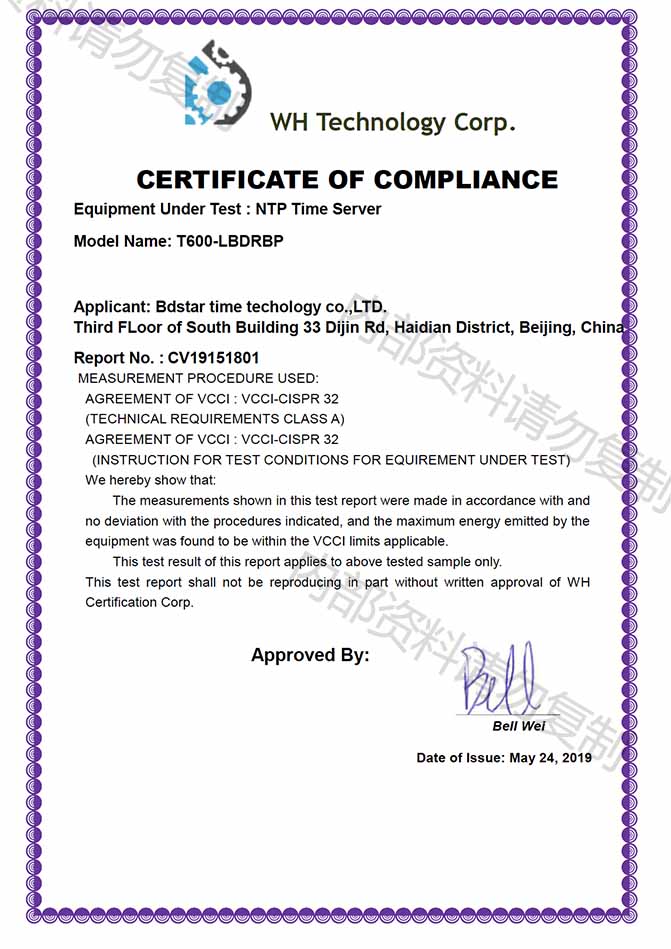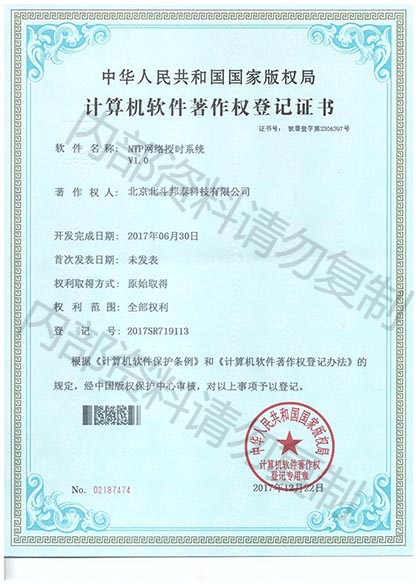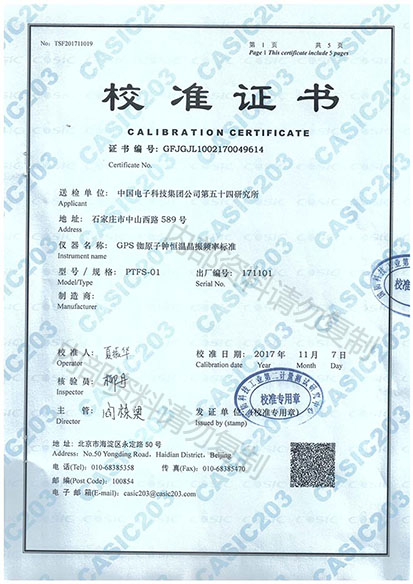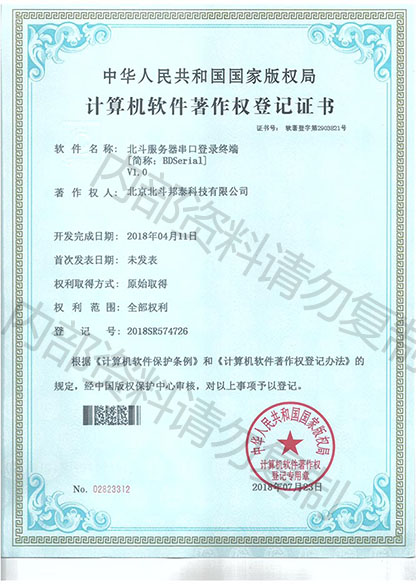home >> Precision laboratory frequency >> 5071A Cesium atomic frequency standardCesium atomic freque

Product Description
The Microsemi 5071A Cesium Clock (formerly Agilent product, acquired from Symmetricom) has been widely recognized and used in the field of timing and frequency for its high reliability, exceptional accuracy, and stability. The 5071A is highly regarded and favored by users due to its simplicity and ease of operation. It achieves an incredibly low flicker floor of ≤1.0E-14. It offers a choice between standard long-life cesium tube and high-performance tube, with the standard tube having a warranty period of 5 years.
The 5071A meets the requirements of primary metrology calibration laboratories.
International timekeeping and national standards laboratories have verified the stability and accuracy of its internal cesium standard source relative to UTC. The accuracy and reliability of a standard source determine the quality of service provided by timekeeping laboratories. Stability is also crucial as it directly affects the laboratory's ability to deliver time and calibration services to customers.
The 5071A provides exceptional stability and is the first cesium frequency standard to explicitly state stability figures for averaging times longer than a day.
The 5071A is user-friendly, with automatic start-up and adjustment, eliminating the need for manual start-up procedures and complex adjustments. The logical menu simplifies front-panel operations, selection, and status reporting. Remote control functionality meets the comprehensive operational and management needs of users.
Technical Specifications
• Maintains exceptional accuracy and stability even in unstable environments — unsurpassed stability in the lab or field
• Accuracy: ±1.0 x 10–12 for standard performance; ±5.0 x 10–13 for high performance
• Stability: ≤1.2 x 10–11 for standard performance; ≤5.0 x 10–12 for high performance (for 1-second averaging time)
• Environmental stability: ±1.0 x 10–13 for standard performance; ±8.0 x 10–14 for high performance (frequency change for any combination of environmental conditions)
• Long-term stability: ≤5.0 x 10–14 for standard performance; ≤1.0 x 10–14 for high performance (for 5-day averaging time)
• Proven reliability with an average mean time between failures (MTBF) of greater than 160,000 hours
• Full traceability to NIST
• AC and DC input and internal battery
Network Protocols
NTP v1, v2, v3 & v4 (RFC1119 & 1305), SNTP (RFC2030), MD5 Authentication (RFC1321), Telnet (RFC854), NTP Unicast, Broadcast, Multicast, Autokey, TIME (RFC868), FTP (RFC959), DAYTIME (RFC867), DHCP (RFC2131), RSA asymmetric encryption, HTTP/SSL/HTTPS (RFC2616), SNMP v1, v2, SSH/SCP (Internet Draft), MIB II (RFC1213)
Web-based Management and Monitoring
Real-time monitoring of system status, including RAM and CPU utilization, processes, average CPU load, disk partition information, system uptime, and running time. Display of system information, such as host name, operating system kernel version, memory, CPU information, and system scheduled tasks. Real-time monitoring of network interface transmission rates, network connections, ARP cache table, and network bandwidth display. Direct querying of the IP addresses and login dates of recently logged-in servers, as well as information about logged-in accounts.
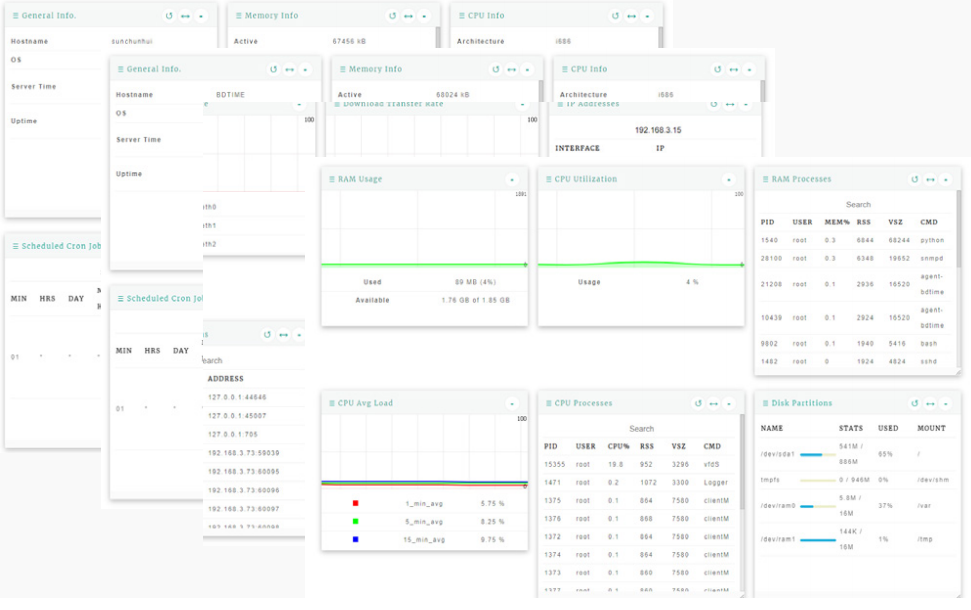 |
Important Features:
Full status information display
Automatic logging of major internal events
Comprehensive clock and frequency control
Automatic synchronization of 1PPS signal
Inputs: 1PPS x 2
Outputs: 5/10 MHz x 2 (user-configurable), 100KHz x 1, 1MHz x 1, 1PPS x 3
Important Functions:Performance Metrics
High-Performance Cesium Beam Tube
The 5071A high performance cesium beam tube is optimal for the most demanding operations. The high-performance tube offers a full-environment accuracy specification of ±5.0 x 10–13 —two times better than the specification for the standard tube. Stability is also significantly improved. The high-performance tube reaches a flicker floor of 1.0 x 10–14 or better, and longterm measurements at NIST show that the flicker floor is typically better than 5.0 x 10–15.
Integrated Systems and Remote Operation
Today, cesium standards are often integrated into telecommunication, satellite communication, or navigation systems asmaster clocks. To accommodate these environments, the 5071A
provides complete remote control and monitoring capabilities. Instrument functions and parameters can be interrogatedprogrammatically.
Communication is accomplished using the standard commandsfor programmable instruments (SCPI) language and a dedicatedRS-232C port. Also, a rear panel logic output can be programmed to signal when user-defined abnormal conditions exist.
For uninterruptible system service, an internal battery provides45 minutes of backup in case of AC power failure. Thus,the 5071A can be managed easily even in the most remotelocations.
|
Documentation
5071A Cesium atomic frequency standard【PDF】data
PDF


